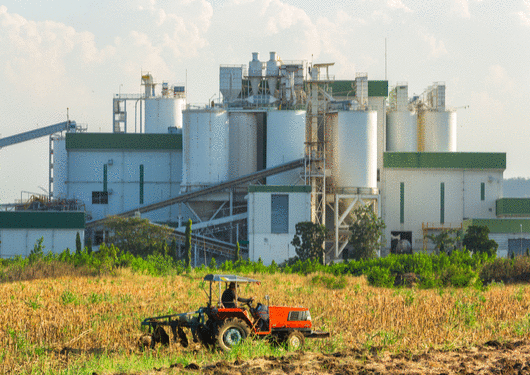
Visit Our Sponsors |
|
|
|
|
|
|
|
|
|
|
|
|
|
|
|
|
|
|
|
|
|
|
|
|
|
|
|
|
|
|
|
|
|
|
|
|
|
|

Not every day does an obscure scientific report directly help massive U.S. companies looking to cut costs, use natural resources more efficiently, and make sure their customers know about it. And yet Labor Day saw the quiet unveiling of a project that provides minute detail - down to individual factories - of the movement of corn along America's sprawling meat and ethanol supply chains.
The ramifications of being able to tie pollution and water use to specific amounts of desirable commodities, and in specific locations, cannot be overstated at a time of accelerating climate change. The opaque title of the Sept. 4 study, however, fails to give away what’s going on. “Subnational mobility and consumption-based environmental accounting...” In English, what the researchers have done is broken out granular geographic information about where corn is produced and transported within two industries that consume it most — meat and ethanol.
Many agricultural staples have enormous environmental consequences. Corn’s side-effects — fertilizer use and emissions, transportation pollution, water uptake, land change — are particularly noteworthy given the enormous scale of U.S. production. As the image atop this story shows, satellite chlorophyll-sensors can “see” plant growth in the U.S. corn belt from space.
Previously, companies evaluating the environmental side-effects of the corn they buy often had to work from national estimates, according to the study’s authors. The impacts are well-understood at the higher-levels, but lacked critical specificity for individual producers. With this new research, meat and poultry firms for example will be able to estimate that a bushel of corn produced in western South Dakota may be three or four times as carbon-intensive as a bushel from southern Minnesota.
RELATED CONTENT
RELATED VIDEOS
Timely, incisive articles delivered directly to your inbox.

